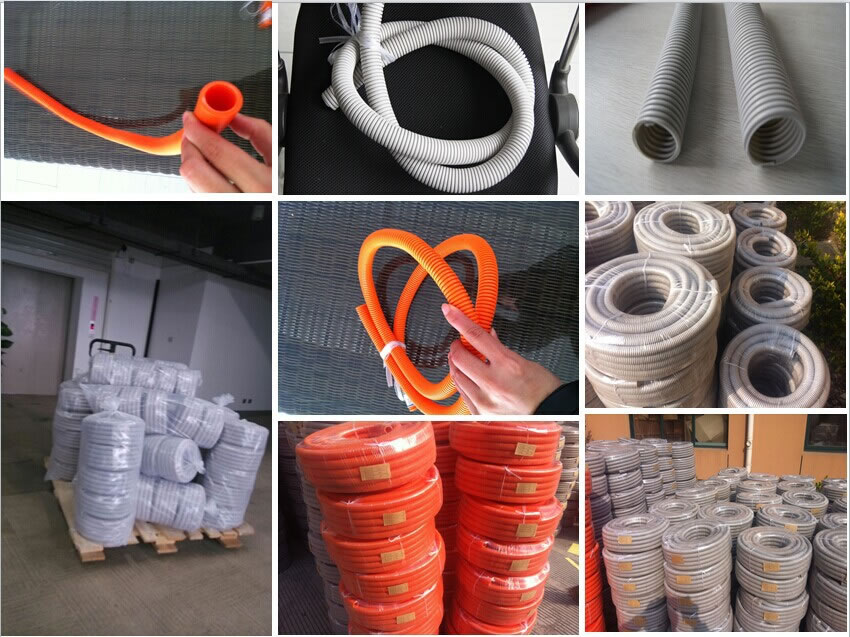2016-04-25
Installation Method vs.
Short-Term and Long-Term Stress
The viscoelastic nature
of PE results in differences in the observed mechanical
properties as a function
of time (and/or temperature). The apparent stress/strain
behavior of the material
is time dependent under the influence of a sustained load.
This is referred to as "creep”
properties. In this regard, we can distinguish between
"short-term”
properties, such as those exhibited during a laboratory tensile test at
a strain (stretching)
rate of two inches per minute, as compared with "long-term”
properties typical of
conduit placement and sustained service loads.
Knowledge of the
load-bearing capability of PE as a function of loading rate allows
one to select appropriate
strength values to substitute into design equations. Loads
are applied to conduits
both by the environment that they are placed into and by
the placement means under
which they are installed; the chief difference being the
duration over which the
load is applied. For example, a common means to install
multiple conduits is to
directly plow them into the ground using either a railroad
plow or tractor-drawn
plow. During this installation process, a certain amount of
bending and tensile
stress is encountered over a rather short period of time (only
seconds to minutes).
Whereas, after the plow cavity collapses about the conduit, the
ground continues to
settle upon stones that may be pressing directly against
the conduit, thus setting
up a long-term compressive load. For this application,
we see that we would
require both long-term and short-term moduli to assess the
deflection resistance.
Initially the conduit may offer resistance to ovalization, but in
time, the resin may yield
under the sustained load, resulting in a reduced pathway
for the cable.
Numerous approaches to
placing conduits have evolved over the years. Each
method presents its own
unique set of challenges with respect to the potential for
conduit damage, or
installation related predicaments. Perhaps one way to compare
the potential sensitivity
to damage of the various methods is the following table.
Here the potential for
damage is depicted by a numerical scale ranging from 0
to 5, where 5 is the most
severe condition, resulting in yielding and permanent
deformation of the
conduit; 4 is the potential for loads greater than 75% of yield
stress; 3 represents
loads greater than 50%; 2 representing greater than 25%; 1 less
than 25%, and 0
representing no significant load at all. The shaded areas depict the
most severe condition.
Chapter 14
Duct and Conduit
482
TAbLE1
Relative Damage
Sensitivity vs. Installation Method
Installation
Method
Short-Term Loading
Long-Term Loading Recommended
SDR Range Tensile Bending
Crushing Impact Crushing Tensile

Conduit Wall Determination
